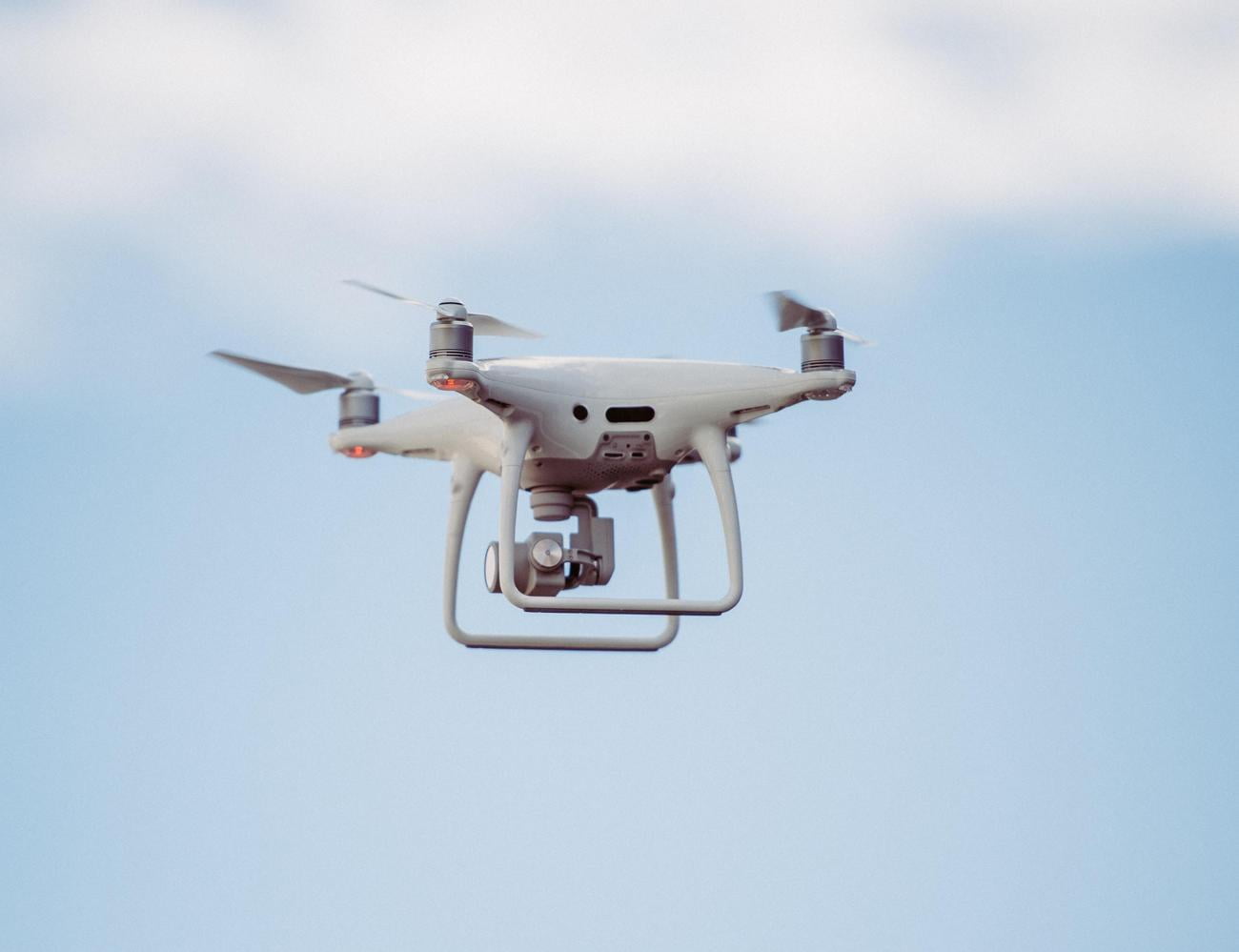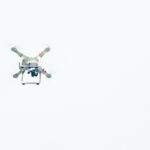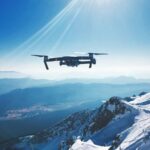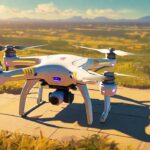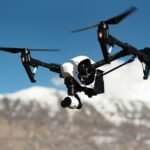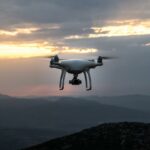Throughout the past decade, the world has witnessed a remarkable evolution in technology, with drones taking center stage as one of the most groundbreaking innovations. As a seasoned technology journalist, I have been privileged to explore the vast potential of unmanned aerial vehicles (UAVs) and witness their transformative impact on various industries firsthand. In this article, we will delve into the captivating world of drone advancements, uncovering the limitless possibilities they bring and the challenges they present. Prepare to be amazed as we unleash the soaring potential of this remarkable technology.
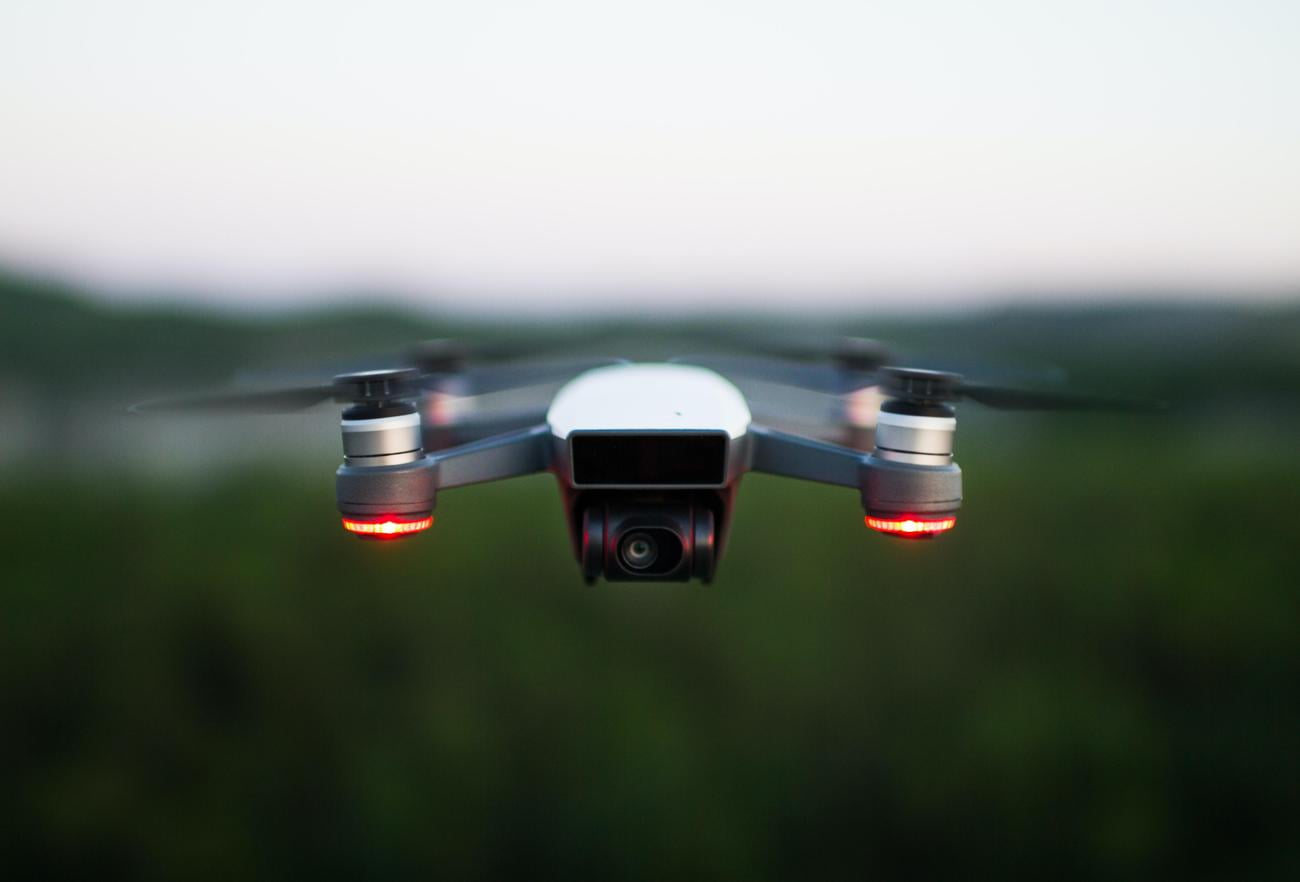
Drone Advancements in Technology
Advances in drone technology have propelled the unmanned aerial vehicle (UAV) industry to new heights. From improved battery life and flight control systems to the integration of artificial intelligence, drones are evolving at a rapid pace. In this article, we will explore the latest drone advancements, their impact on various industries, and the challenges and opportunities that come with this technological revolution.
Improved Battery Life: Powering the Future of Drones
One key factor driving the future of drones is improved battery life. As battery technology advances, drones can stay airborne for longer durations, enabling them to cover more ground and carry heavier payloads. This extended flight time enhances the effectiveness and efficiency of drones in different applications, such as aerial photography, surveying, and even package deliveries.
With longer battery life, drones can now perform tasks that were previously limited by their energy capacity. From conducting search and rescue missions to monitoring large-scale operations, these advancements open up a world of possibilities for drone applications. As the drone industry continues to grow, battery technology will play a crucial role in shaping its future.
“Improved battery life is revolutionizing the capabilities of drones, enabling longer flight durations and expanding their potential applications.”
Enhanced Flight Control Systems: Redefining Drone Operations
Another significant advancement in drone technology is the development of enhanced flight control systems. These systems have revolutionized the way drones are operated, making them more intuitive and user-friendly. Drone pilots can now have greater control over their aircraft, ensuring smoother flights and more precise maneuvers.
Flight control systems incorporate features like GPS tracking, obstacle avoidance, and even autonomous flight modes. These advancements not only enhance the safety of drone operations but also make them accessible to a wider range of users. From hobbyists exploring the skies to businesses utilizing drones for various purposes, the ease of operation provided by these advancements has democratized the drone industry.
“Enhanced flight control systems have transformed drone operations, enabling safer and more user-friendly experiences for pilots across different industries.”
Integration of Artificial Intelligence: Unlocking New Drone Capabilities
The integration of artificial intelligence (AI) has brought about a paradigm shift in the capabilities of drones. AI algorithms can analyze vast amounts of data in real-time, enabling drones to make intelligent decisions and adapt to changing environments. This opens up exciting possibilities for applications such as autonomous navigation, object detection, and even predictive maintenance.
AI-powered drones can be used in industries like agriculture, where they can monitor crops, detect diseases, and optimize irrigation. In the healthcare sector, drones equipped with AI can aid in emergency evacuations and deliver medical supplies to remote areas. The potential applications of AI-driven drone technology are vast and continue to expand as research and development in this field progress.
“The integration of artificial intelligence has endowed drones with unprecedented capabilities, empowering them to perform complex tasks autonomously and efficiently.”
From Military Tools to Mainstream Technology
Drones have come a long way since their initial use as military tools. Today, they have become increasingly popular among hobbyists, filmmakers, and businesses alike. The advancements in technology have made drones more accessible and easier to operate, fueling their rise in popularity.
These versatile aircraft now come equipped with high-resolution cameras, enabling stunning aerial photography and cinematography. Their applications also extend to industries such as agriculture, where drones can provide valuable insights through aerial surveys and remote sensing.
“Drones have transitioned from military tools to mainstream technology, capturing stunning aerial photography, aiding in agriculture, and opening up new possibilities across various industries.”
Disruptive Technology with Limitless Potential
Drone technology has emerged as a disruptive force that has the potential to transform industries and revolutionize our daily lives. The advancements in commercial drone usage, order deliveries, photogrammetry and remote sensing, and military applications highlight the widespread impact of this technology.
Moreover, with the proliferation of hybrid aerial robotics, long-flight drones with smart technology batteries, and vertical takeoff and landing (VTOL) drones with high accuracy, the future of drone technology appears bright and promising. As the industry grows, new applications and advancements will continue to arise, shaping the way we interact with and benefit from drones.
“The exponential growth of drone technology brings unparalleled opportunities and challenges, opening up new doors in industries while pushing the boundaries of what is possible.”
Navigating Challenges and Embracing Opportunities
While drone technology promises great potential, it also presents challenges that need to be addressed. Concerns about privacy, regulation, and the impact of drones on society cannot be ignored. As the industry expands, policymakers and regulatory bodies are exploring ways to strike a balance between harnessing the benefits of drones and ensuring responsible and safe use.
Drone technology has already proven its value in numerous contexts, including the delivery of goods and services during the pandemic. Whether it’s aiding in emergency response efforts or disinfecting areas contaminated by viruses and bacteria, drones have become valuable tools in times of crisis.
“As the drone industry continues to advance, it is crucial to address concerns and establish regulations that foster the responsible and safe use of this transformative technology.”
In conclusion, drone advancements in technology have propelled the industry to new heights. Improved battery life, enhanced flight control systems, and the integration of artificial intelligence have revolutionized the capabilities of drones. From their military origins to becoming mainstream technology, drones have found applications in various industries, showcasing their potential value.
However, as the technology continues to evolve, it is essential to address challenges related to regulation and privacy. By responsibly navigating these challenges and embracing the opportunities presented by drone technology, we can unlock its full potential and usher in a future where drones play a significant role in transforming industries and improving our lives.
Are you curious about the incredible advancements in drone technology? Dive into the fascinating world of drones by exploring these mind-blowing facts about drones in the future. From the potential for revolutionary transportation methods to the integration of artificial intelligence, the possibilities are limitless. Discover how drones are reshaping industries and pushing boundaries. To delve deep into this exciting topic, click here and prepare to be amazed.
FAQ
What are the key factors driving the future of drones?
Improved battery life is a key factor driving the future of drones. This allows for longer flight times and increased efficiency in various applications.
How have flight control systems revolutionized the way drones are operated?
Enhanced flight control systems have revolutionized the way drones are operated by providing more stability, precision, and autonomy. This allows for safer and more efficient drone operations.
How is the integration of artificial intelligence changing the capabilities of drones?
The integration of artificial intelligence is changing the capabilities of drones by enabling autonomous decision-making, object recognition, and advanced flight planning. This allows for more sophisticated applications and increased automation.
What are some of the potential applications of drone technology?
Drone technology has a wide range of potential applications, including aerial photography, agriculture, surveying, delivery services, search and rescue operations, and disaster management. The possibilities are continually expanding as technology advances.
What are some concerns and challenges associated with the rapid growth of drone technology?
Some concerns associated with the rapid growth of drone technology include issues of privacy, safety regulations, airspace management, and potential misuse. There is a need for comprehensive regulations to address these challenges and ensure responsible drone usage.
- Crypto Quotes’ Red Flags: Avoid Costly Mistakes - June 30, 2025
- Unlock Inspirational Crypto Quotes: Future Predictions - June 30, 2025
- Famous Bitcoin Quotes: A Deep Dive into Crypto’s History - June 30, 2025
